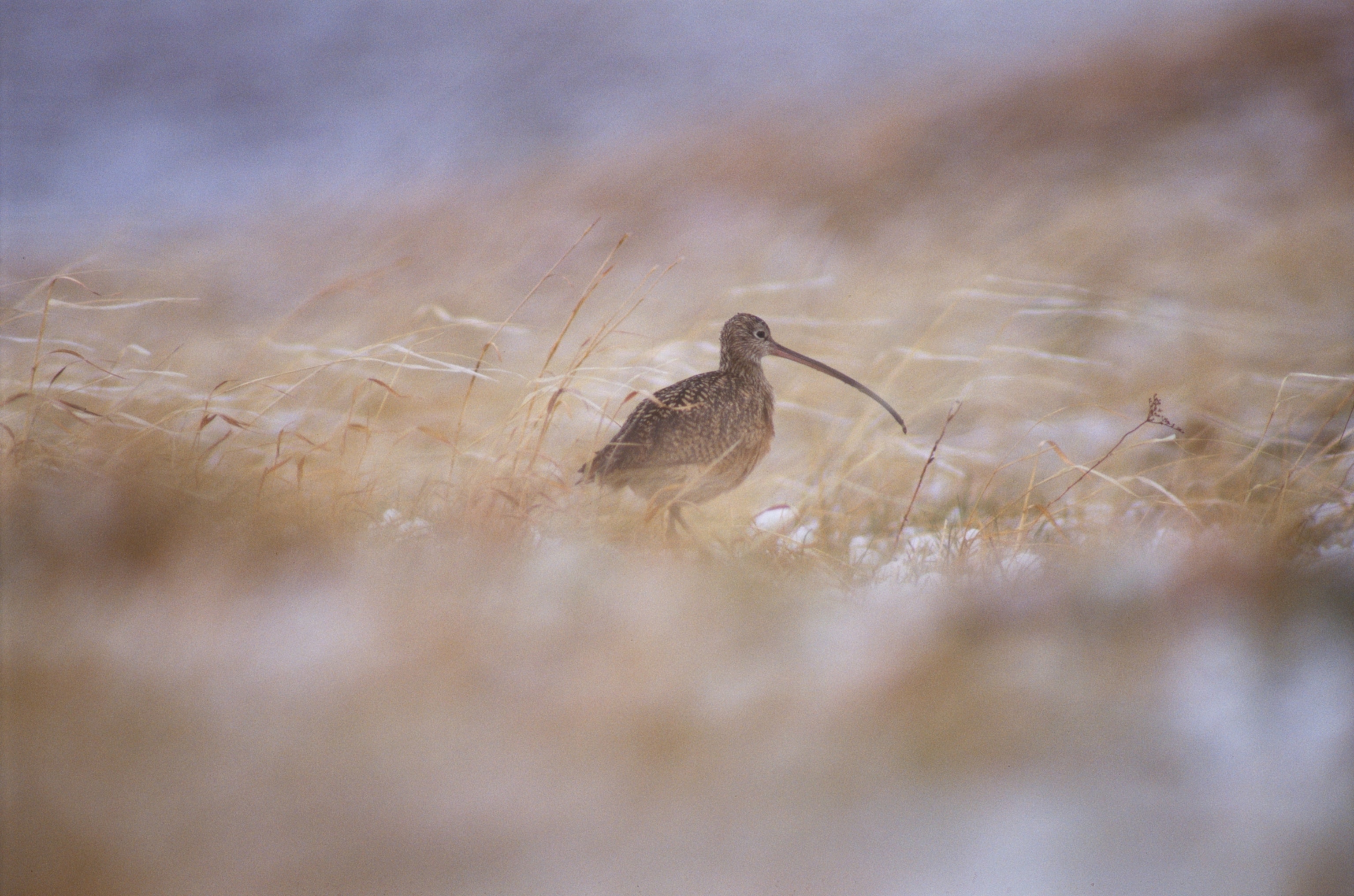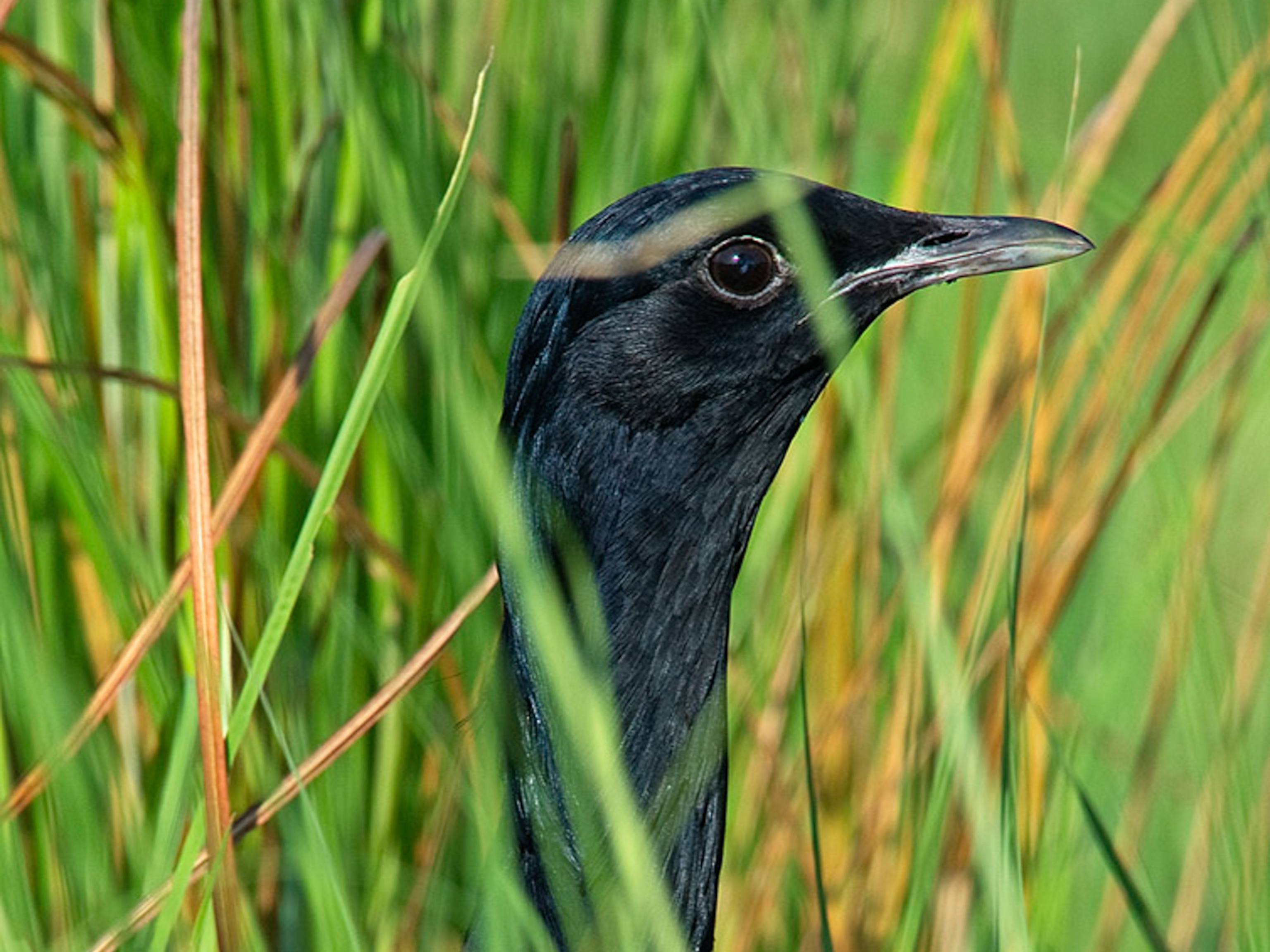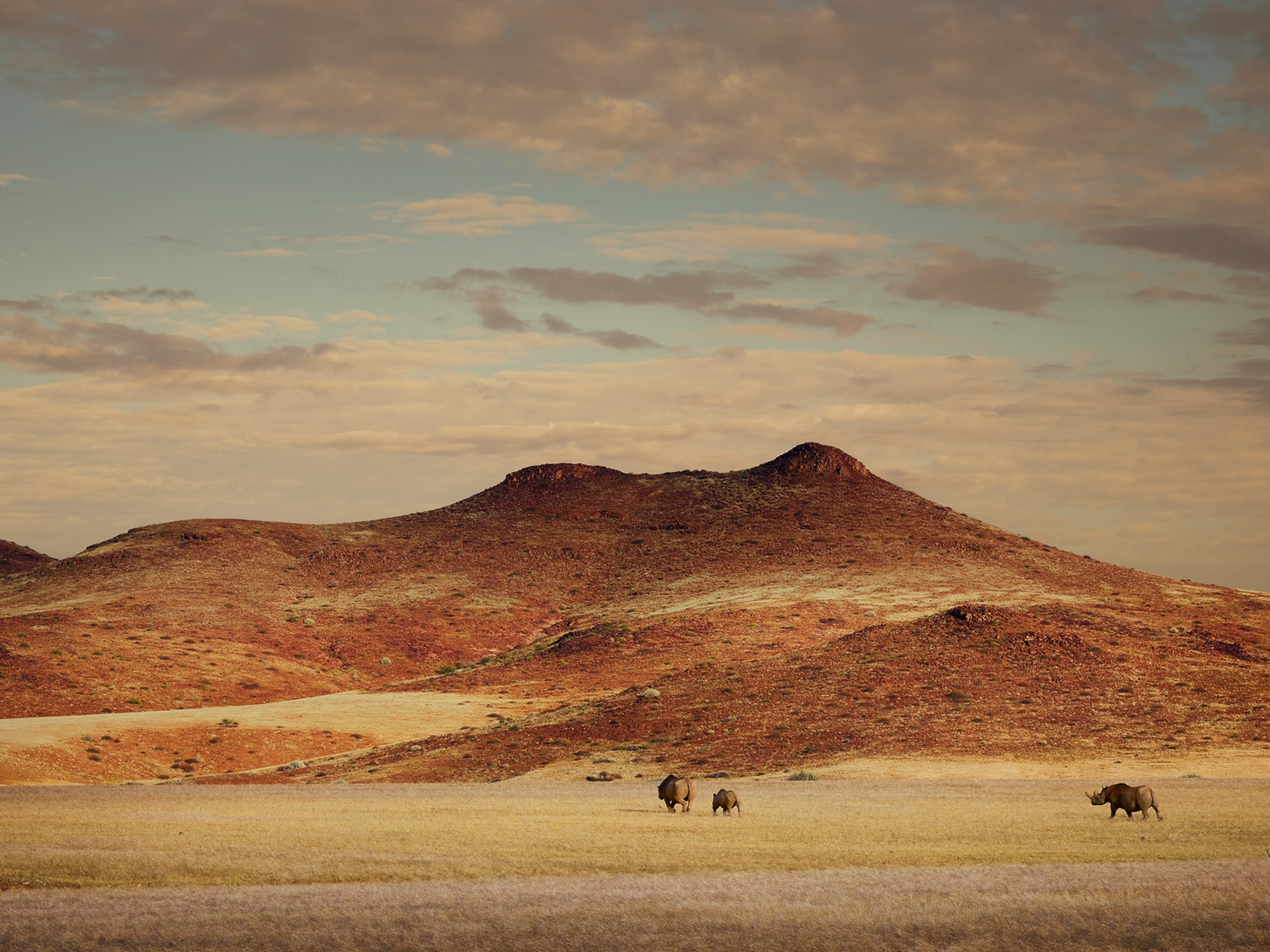
Illegal shooting of protected animals more common than thought
A small number of unethical hunters are likely behind an outsize number of illegal wildlife deaths, a recent study in Idaho found.
On the first day of a new project to study the long-billed curlew, North America’s largest shorebird, ornithologist Jay Carlisle came across something upsetting: a dead curlew with a bullet hole through his head.
It was 2009, and populations of the knobby-kneed bird with an eight-inch beak were struggling in southwestern Idaho, though no one was sure why. Shooting these birds is illegal under federal law, but Carlisle, who’s the research director of the Intermountain Bird Observatory, a project of Boise State University, soon found out that it was a common occurrence.
Over seven years, the researchers put tracking devices on 21 long-billed curlews. A third of them ended up shot illegally—all killed in areas where regulated, recreational shooting and hunting was allowed.
This discovery pointed to the possible cause of one of Carlisle’s biggest concerns: the dramatic, long-term decline of long-billed curlews in part of southwestern Idaho. Though the species, which is spread across the western U.S. and Mexico, is not classified as threatened with extinction, in his study area, the bird’s numbers have dropped from almost 2,000 in the 1970s to fewer than a hundred today.
A recent paper Carlisle co-authored in the journal Conservation Science and Practice suggests that illegal shooting of wildlife in parts of Idaho may be contributing to declines among not just long-billed curlews but native raptors and rattlesnakes as well. The study was the culmination of years of work that began in 2009 with the dead curlew and expanded to include surveys of dead raptors and snakes in one conservation area in southwestern Idaho.
In this part of the West, habitat degradation, electrocution by power lines, and poisoning by lead or rodenticide are all well-known and significant threats to wildlife such as hawks, eagles, and owls, but recreational killing of nongame wildlife—animals not hunted for meat or food—has not been widely recognized as a potential threat. This study suggests it should be, says Todd Katzner, the paper’s lead author and a wildlife biologist with the U.S. Geologic Survey in Idaho.
“These species are out there, and they’re just getting shot for apparently no reason,” he says. This work helps establish the prevalence of this kind of shooting and identifies some areas where it’s occurring, forming the basis for future research to analyze effects on animals’ populations.
The study was a good first step at using science to address a persistent issue, says Zach Wallace, a raptor researcher at the University of Wyoming, in Laramie, who was not involved in the study. He says he’s found raptors that had been shot during every study he’s been involved with in the West.
“It’s serious enough that it’s detectable, but what’s cool about [this] study is they could actually analyze it. They had a big enough data set to study it, which is more than anyone has done before.”
Wildlife as targets
The shooting of many nongame species has become its own industry. Guided prairie dog hunts, coyote calling contests, and crow shooting competitions are legal in many states. About 1.5 million black-tailed prairie dogs have been shot in a single year in South Dakota, and more than 150,000 ground squirrels are shot each year in just one part of southwestern Idaho.
Those practices are legal, but shooting birds and reptiles protected by state or federal law is not. And few places illuminate the problem as clearly as the Morley Nelson Snake River Birds of Prey National Conservation Area and the Long-billed Curlew Habitat Area of Critical Environmental Concern in southwestern Idaho, which is where Katzner, Carlisle, and colleagues have been monitoring wildlife populations for decades.
In these areas, licensed hunters can shoot unlimited numbers of certain species, including ground squirrels and coyotes. And anyone is allowed to practice shooting targets, which can range from cardboard boxes to discarded ovens and microwaves.
But, the researchers found, at least a small number of these shooters are also responsible for the illegal killing of other wildlife, including Swainson’s hawks, red-tailed hawks, ferruginous hawks, burrowing owls, and other species protected by the Migratory Bird Treaty Act.
Of the 39 raptor carcasses they recovered in 2019 with a clear cause of death, 59 percent had been shot. That rate, Katzner says, suggests that illegal shooting could lead to population declines, a conclusion that would require further research. It wouldn’t be unheard of—a 2016 government report on golden eagle populations across the country pointed to shootings as the third biggest cause of death. (Read about why birds matter.)
Rattlesnakes, whose numbers were already declining in the area because of overcollection and hunting, also were affected. Illegal shooters essentially wiped out at least one rattlesnake den in 2014, says Zoe Duran, a natural resource specialist with the Idaho Army National Guard, which carries out training in the area. Another den, where biologists routinely counted up to 30 snakes, now has no more than five, after researchers found rattlesnakes shot dead nearby.
“[This research] proved what my and a few others’ suspicion were, which is that this recreational shooting is not innocuous for wildlife populations, even if most people are following the law,” Carlisle says. “If you have someone who goes out once a week and are of a mind they don’t care what they shoot, even one person can cause a dip.”
Illegal shooting “abhorrent”
Reasons for illegally shooting these kinds of animals vary, say Katzner, Carlisle, and others, and are likely rooted in historical attitudes that see birds of prey and snakes as threats to people and livestock.
But sometimes, they’re simply crimes of opportunity—a person comes across a hawk sitting on a telephone wire and decides to shoot it “for the adrenaline rush,” says Charlie Justus, a conservation officer with the Idaho Department of Fish and Game, reflecting years of interviews with violators around Idaho.
Other killings may result from misidentification, Carlisle says. A burrowing owl popping its feathery brown head out of a hole could at first glance look like a ground squirrel.
Informal surveys by Boise State doctoral student Madeline Aberg show that most shooters find targeting species such as curlews and hawks “abhorrent,” Carlisle says, leading researchers to believe that only a few people are responsible for most of the killings.
“Ethical behavior is a matter of pride among the vast majority of hunters,” Bill Brassard, with the National Shooting Sports Foundation, wrote in an email. “Deliberately shooting nongame species or game out of season should be punished for the crime it is.”
But catching violators isn’t easy, Justus says. Five game wardens in the Boise area each have about a thousand square miles to patrol. They’ve been focusing on hot spots the researchers identified, but even so, no one has been caught.
“We will continue to work the area and learn as we go to make our efforts more efficient [and] successful,” Justus says.
Illegal shooting isn’t the only human-caused threat to wildlife in the West, but, Katzner says, “If you want to change the trajectory of a population, you have to start reducing the death rate.” (Read more: Three billion birds have been lost in North America since 1970.)
And, Carlisle says, with fewer than a hundred curlews left in this part of southwestern Idaho, the shooting death of every breeding bird adds up.







